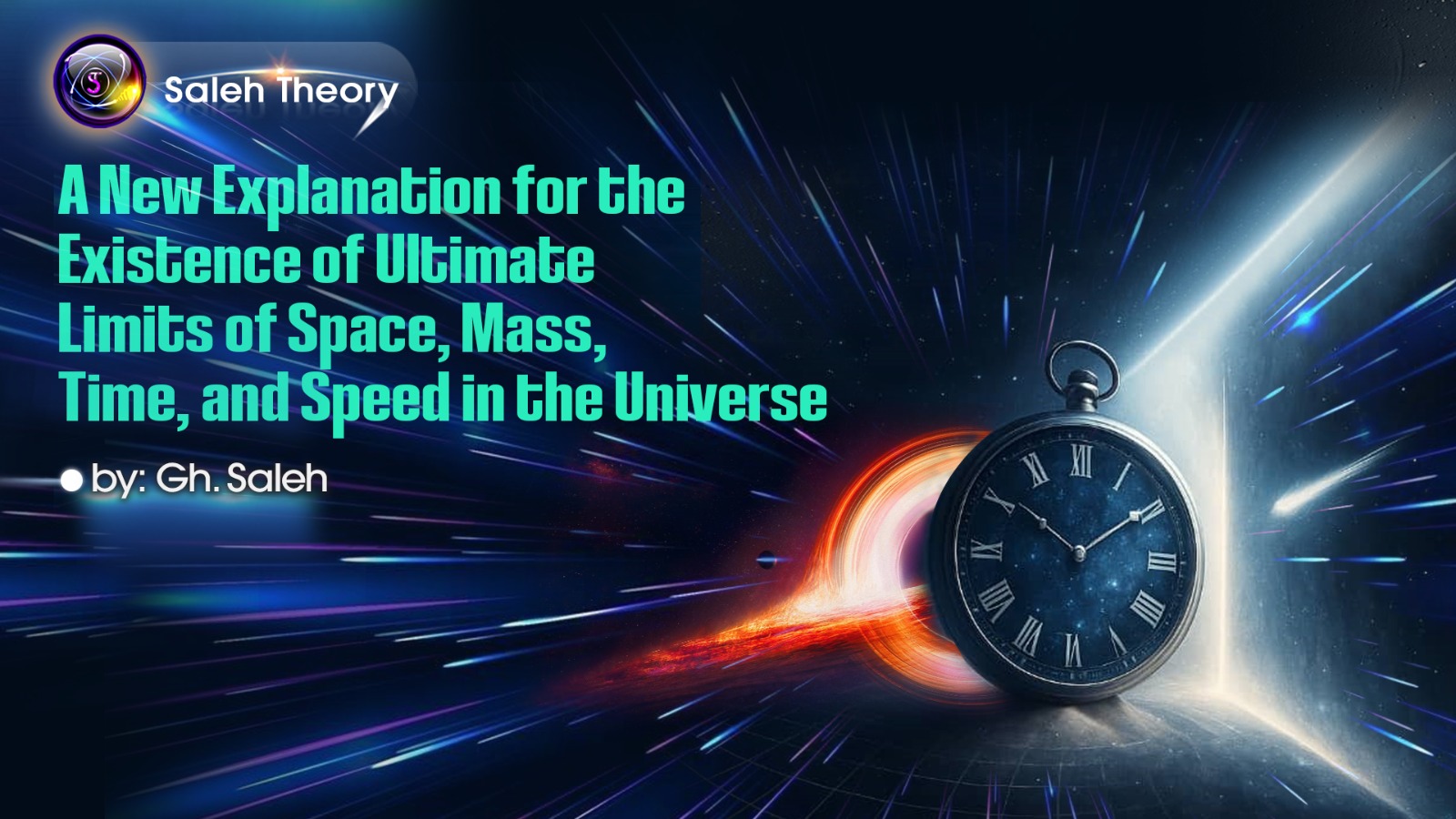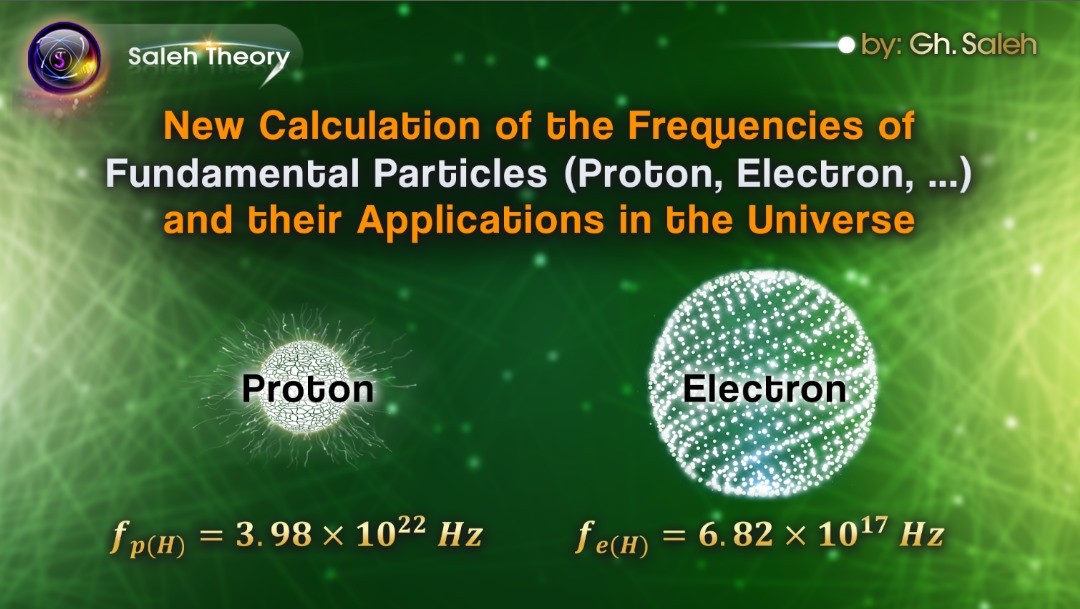
A New Explanation for the Existence of Ultimate Limits of Space, Mass, Time, and Speed in the Universe
First, we will present some examples of mathematical models, which could be used to better understand the ultimate limits of Space, Mass, Time, and Speed in the Universe.
The Set of Natural Numbers:
In this set, we have the numbers from 1 to n as follows:

The Set of Rational Numbers:

The Set of Irrational Numbers:
Such as the π:

The Set of Real Numbers:
This set includes all the mentioned sets.

A. The Ultimate Limit of the Space of the Universe (Our Surroundings)
If we want to conceive of a diagram for the space around us simply and fluidly, the simplest, most convenient, and most logical diagram is that of real axes in n dimensions. (For space, we have n dimensions of real axes.)
For the space that surrounds us, we can consider n points with real distances between them. Simply put, length, width, height, and any other parameters are defined based on these points in our space.
Let us suppose that in our own Solar System, the Sun is at the centre and the planets are in motion around it on a mostly horizontal plane. If we were to consider the quantity of mass relative to space, it is but a point in a vast space.
If we wish to assign dimensions to the space of the Universe, it would be a sphere with a radius of 1023 km. This is the space in which mass can move and manoeuvre. In general, space can be considered as a sphere with n radii.
That which can be given dimensions in the Universe is a sphere with a volume of 1070km3. However, we must know that beyond the Universe, an empty space can be contemplated. The possible space is greater than 10100km3.
Conclusion: If we were to consider the space occupied by celestial objects within our Universe in relation to the empty space, it is billions upon billions of times smaller. Therefore, if we were to choose a limit for the Universe, we could assume a figure of 10100km3, which could even be 101000km3.
Generally, it is impossible to imagine an ultimate limit for space, because its nature is to be empty of everything. If there is nothing, we call it space. Scientific observations have shown that our Earth is a point in the Solar System, the Solar System also is a point in the Milky Way galaxy, and the Milky Way galaxy is only a point in the Universe. Therefore, we can say that the Universe itself could be a point in an infinite space.
B. The Ultimate Limit of Mass
In light of the explanations above, it is perfectly clear that space can be regarded as exceedingly vast and immensely expansive. Mass, however, is significantly smaller relative to space, and its quantity is finite. In general, we can assert that space is extraordinarily large, while mass is, in comparison, exceptionally small. Nevertheless, this same small amount of mass could exist in abundant quantities.
C. The Ultimate Limit of Time
If we consider the parameter of time, it is a dependent, secondary parameter. Broadly, we can say that if a mass exists and this mass is in motion, and an order is observed in its movement, then we can define time for it. In essence, time has no intrinsic nature; rather, it is a descriptive quantity that we assign to the changes in a mass's position and essence.
Conclusion: If we want to show time, we can’t. We can only describe it. By postulating "one hour," we cannot show or possess that hour in the way we can mass or even space. Rather, it is merely a description of the movement of a mass from one point to another, and this can be a different value for every moving object (depending on its speed).
However, if we wish to consider a limit for time, there is a past which we call pre-eternity relative to the present and a future which we consider post-eternity. If the Universe continues to move indefinitely, our time is eternal. And if the Universe has had a long or exceedingly long past, a pre-eternity can be conceived for it.
D. The Ultimate Limit of Speed
According to the preceding articles, where we have demonstrated that speed value can be greater than C—even vastly greater—in an infinite space without any limit, any object can receive energy and its speed can increase. To such an extent that we can consider it a value of “nC”. In a vacuum space, one can move at any speed. Therefore, no specific limit can be attributed to speed; rather, the speed C would be the fundamental or initial speed in space.
References:
[1] Saleh, Gh. "New Points about Time and Space." APS April Meeting Abstracts. Vol. 2023. 2023.
[2] Saleh, Gh. "New Discoveries About Gravity?!!! 2." Saleh Theory, 12 Dec. 2021, https://www.saleh-theory.com/article/new-discoveries-about-gravity-2
[3] Saleh, Gh. "New Discoveries About Gravity?!!!." Saleh Theory, 07 Nov. 2021, https://www.saleh-theory.com/article/new-discoveries-about-gravity
 Download PDF
Download PDF 





